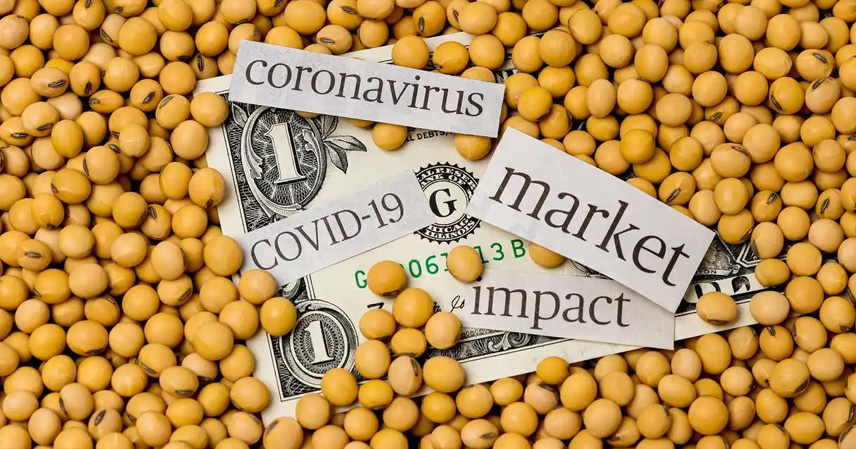Recently, several foreign media outlets, including Lianhe Zaobao and Bloomberg, reported that China imported 3 million tons of soybeans from Argentina in just two weeks. Considering that China’s soybean imports in recent years have remained around 85 million tons annually, this figure may seem quite ordinary at first glance. So why has it attracted so much international attention? And how should we view this development ourselves?
China’s Soybean Import Structure
From the perspective of volume, China is currently the world’s largest soybean consumer and importer, maintaining annual imports of about 85 million tons, accounting for roughly 85% of domestic consumption.
From the perspective of usage, domestically grown soybeans are mainly used for direct food consumption, while imported soybeans are almost entirely used for processing. About 20% of soybeans are processed into edible oil, which is China’s most consumed vegetable oil, and the remaining 80% becomes soybean meal, the country’s primary protein source for animal feed.
From the perspective of sourcing, China imports from 16 countries and regions, but Brazil and the United States account for about 90% of total imports, with Argentina, Uruguay, Russia, and others serving as supplementary suppliers.
Why Has the 3 Million Tons Import Drawn Global Attention?
When compared to the annual total of 85 million tons, 3 million tons seems insignificant. But when placed in historical context, the number is unusual.
- First, according to customs data, China imported 3.74 million tons of soybeans from Argentina in all of 2021. Importing nearly the same volume within just two weeks is extraordinary.
- Second, in August alone, China imported 198,000 tons of soybeans from Argentina, while during the same month last year, imports from Argentina were zero.
- Third, the U.S. soybean export season begins in late September. China’s sudden large-scale imports from Argentina during this period inevitably raised concerns in the U.S., given that nearly 60% of U.S. soybean exports depend on China. It is difficult for American exporters to find an alternative market of the same scale in the short term.
These three factors explain why the international market is paying such close attention.
How Should We View the Surge in Argentine Soybean Imports?
The main driver is price advantage. Facing financial strain, Argentina adopted a peso devaluation policy for its soybean sector, which pushed more soybeans into the international market. Compared with U.S. and Brazilian soybeans, Argentine soybeans for October delivery were nearly $200/ton cheaper, making them highly attractive for China.
At the same time, Brazilian supply has dropped. In August, China imported 6.25 million tons of soybeans from Brazil, down 3.15 million tons (a 31.5% decrease) from the previous year, mainly due to adverse weather earlier in the year and high prices.
In fact, while ramping up imports from Argentina, China also increased purchases from other suppliers. In August, soybean imports from the U.S. rose to 287,000 tons, compared with just 18,000 tons a year earlier. Imports from Uruguay reached 350,000 tons, versus none last year. Thus, China’s decision to diversify sourcing is a rational response to global supply and pricing conditions.
From a broader perspective, China accounts for two-thirds of global soybean trade, with about 90% of imports coming from the U.S. and Brazil. Relying too heavily on a few suppliers carries risks. By exploiting seasonal differences between U.S. and South American soybeans and tapping into Russia’s production potential, China can enhance flexibility. This diversification strategy is critical for food security.
Yet, it is also important to recognize the structural issue. Over the past decade, China’s soybean imports grew 2.1 times, while pork production—the main consumer of soybean meal—increased by only 21%. This contrast highlights the vast potential of reducing soybean dependence by optimizing feed formulations and lowering soybean meal usage. In the long run, excessive reliance on imports is not sustainable.



